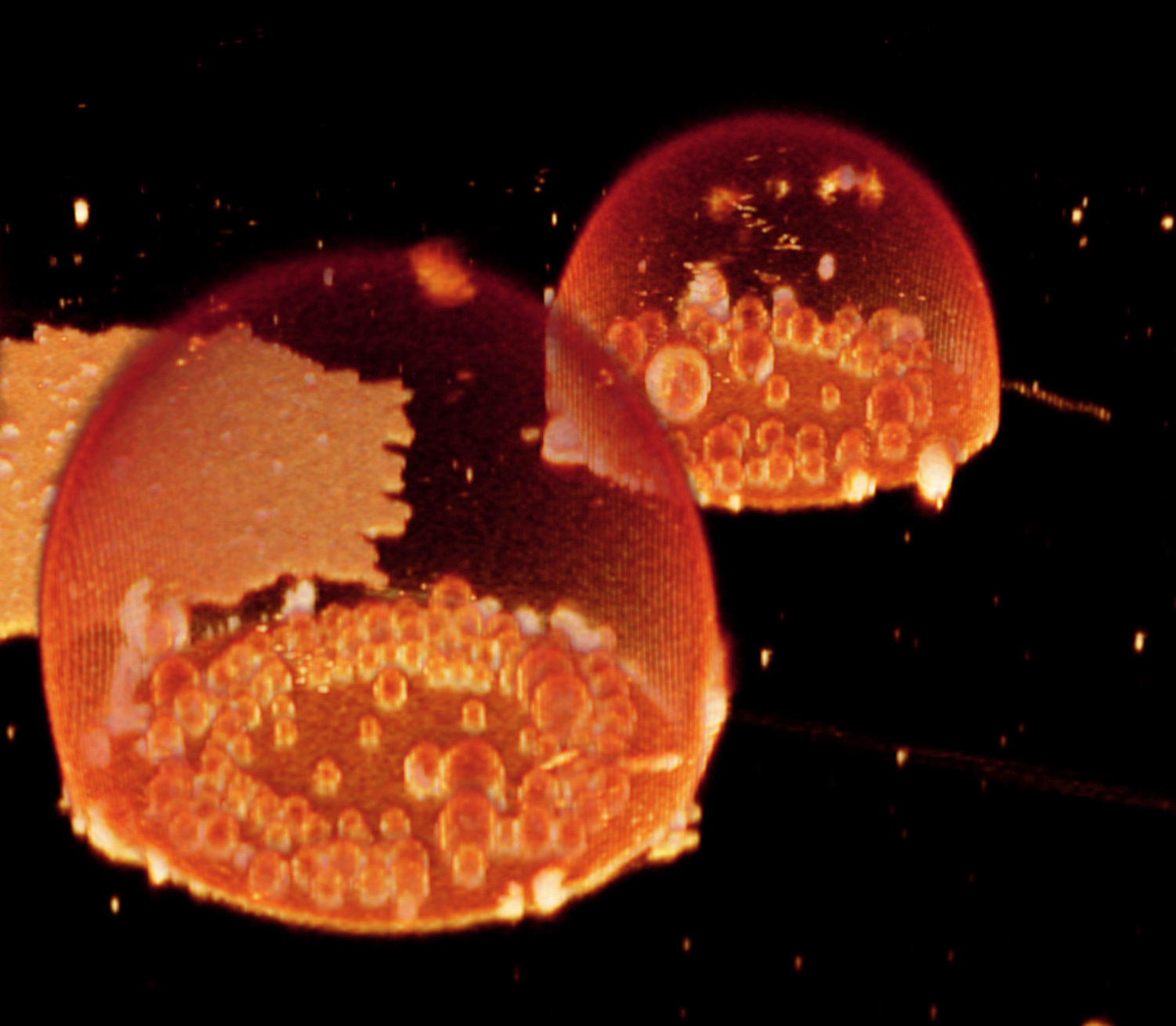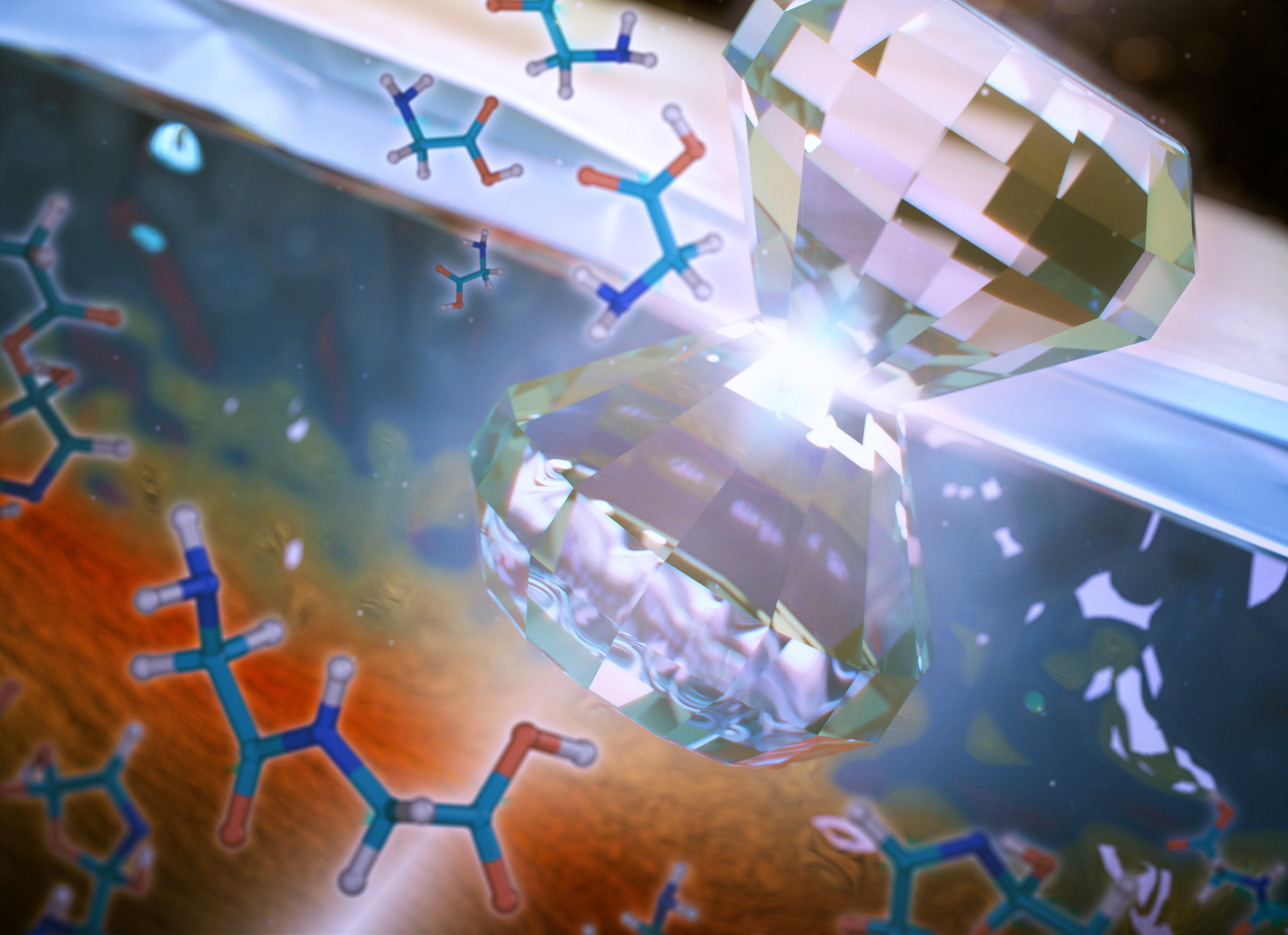Few questions have captivated humankind more than the origin of life on Earth. How did the first living cells come to exist? How did these early protocells develop the structural membranes necessary for cells to thrive and assemble into complex organisms? New research from UC San Diego has uncovered a plausible explanation involving the reaction between two simple molecules.
Tag: Origin Of Life
Researchers uncover how primordial proteins formed on prebiotic earth
How did catalytic organic polymers emerge on prebiotic Earth? Answering this essential question will unlock key understandings in the origin of life.
Rutgers Scientists Identify Substance That May Have Sparked Life on Earth
A team of Rutgers scientists dedicated to pinpointing the primordial origins of metabolism – a set of core chemical reactions that first powered life on Earth – has identified part of a protein that could provide scientists clues to detecting planets on the verge of producing life. The research, published in Science Advances, has important implications in the search for extraterrestrial life because it gives researchers a new clue to look for, said Vikas Nanda, a researcher at the Center for Advanced Biotechnology and Medicine (CABM) at Rutgers.

Evidence That Earth’s First Cells Could Have Made Specialized Compartments
ROCKVILLE, MD – Scientists have long speculated about the features that our long-ago single-celled ancestors might have had, and the order in which those features came about.

Compressive shearing forces may jumpstart life on rocky moons and planets
Massive compressive shearing forces generated by the tidal pull of Jupiter-like planets on their rocky ice-covered moons may form a natural reactor that drives simple amino acids to polymerize into larger compounds. These extreme mechanical forces strongly enhance molecule condensation reactions, opening a new arena of possibilities for the chemical origins of life on Earth and other rock planets, according to new research from Lawrence Livermore National Laboratory.
Tiny, ancient meteorites suggest early Earth’s atmosphere was rich in carbon dioxide
Tiny meteorites that fell to Earth 2.7 billion years ago suggest that the atmosphere at that time was high in carbon dioxide, which agrees with current understanding of how our planet’s atmospheric gases changed over time.

Life could have emerged from lakes with high phosphorus
Life as we know it requires phosphorus, which is scarce. How did the early Earth supply this key ingredient? A University of Washington study, published Dec. 30 in the Proceedings of the National Academy of Sciences, finds answers in certain types of carbonate-rich lakes.